How to Stay Safe on Your Motorcycle In Old Man Winter

Ready or not, Old Man Winter’s rounding the turn and headed our way. We all know what that means: Bitter COLD weather, heaping snowfalls, bone-chilling breezes, and almost inevitable traffic jams.
Not exactly ideal conditions for motorcycles. However, many refuse to surrender their bikes for the entire season and who can blame them? Because even though riding in Winter isn’t as straightforward or convenient as during the warmer seasons, that doesn’t mean you have to hit the brakes on hitting the road.
You absolutely can keep riding throughout the winter, you’ll just need to take a few precautions. And if everything is set up properly, your yuletide journeys may turn out more enjoyable than expected.
How Winter Riding Differs From Other Seasons
Let’s face the facts - the most challenging aspect of winter is the COLD. But when it comes to riding your motorcycle, however, what the thermometer says is NOT the only factor to consider.
Lower temperatures can make a real difference to the actual physics of how the road itself works. Cold temperatures can also affect the performance of your machine. And your body will perform differently as well.
Starting with road conditions, a cold, nearly frozen surface creates all kinds of challenges. Snowy or icy roads reduce traction, making your bike harder to control, especially when braking. Snowfall’s not only slick, but it can also significantly reduce visibility. In other words, you’ll need to be much more cautious on a winter road.
Wind is another factor people can forget about when considering winter riding. It’s not uncommon for the season to bring particularly strong winds which can destabilize you and make it harder to maintain your balance.
Even more problematic - those cold winds can be dangerous. This severe drop in temperature is especially noticeable when moving at higher speeds. Remember, even though your motorcycle is cruising at high speed, your body is essentially sitting still, which means you have no natural way of warming up while being exposed to ice-cold gusts of wind. Without proper insulation, this can lead to frostbite and even hypothermia.
In cold weather, your body will divert as much heat to the vital organs, which means the peripheral parts of the body will grow colder. That’s likely to result in a loss of dexterity in the toes and fingers. Plus, your reflexes may slow down.
Now this doesn’t mean you won’t be able to ride – you’ll simply need to be extra vigilant and cautious.
When all these factors combine, you get to a challenging situation where your motorcycle simply isn’t as easy to handle as you may be used to. Plus, your body doesn’t naturally adjust to these more difficult conditions.
But that doesn’t mean you can’t ride your motorcycle in the winter.
The good news is that you can definitely counteract most of these effects with a combination of proper gear and modifications to your riding style.
Essential Winter Gear
We’ll never grow tired of repeating the “all the gear, all the time” proverb. Having the right gear in place doesn’t only make a ride more comfortable – it can save your life.
It should go without saying that your regular riding gear might not be enough for winter conditions. While you might have a great pair of motorcycle pants and a sleek vest, when temperatures plunge, you’ll need more insulation to handle the cold. In fact, the more insulation, the better. If you can get a winter-proof variant of every piece of gear, you should do that as soon as possible.
You have three main options when it comes to winter riding gear: heavily insulated gear, layering, and heated gear. (To get the BEST results, you should combine all three.)
Firstly, look for gear pieces that fit you just right and that means snug – not too tight or overly loose so it flaps around. (But don’t sacrifice air circulation and breathability, they remain just as important as insulation.)
Any winter gear should also be waterproof. Winter weather can surprise you with sudden rain or snow. In that situation, the last thing you want to be doing is riding around in freezing temperatures while being soaked.
If you opt for layering, you should have three layers: base, insulation, and the outer layer, which must be waterproof. Layered clothing works great because it keeps you flexible: If the sun breaks through and the temperature rises, you can take off the top layer quickly.
Besides the gear that keeps your body warm, you should also take care of your hands, feet, and especially your head. Naturally, a full-face helmet is a must. This helmet type offers great protection year-round but becomes absolutely crucial in the winter. Additionally, you’ll want to grab some insulated or heated gloves, as well as proper winter riding boots.
Winter gear should always be functional first and good-looking second. But don’t worry – you can find items that check both boxes. If you’re looking for the perfect winter gear that will keep you warm, safe, and comfortable while looking great, check out the collections at Eagle Leather. A respectable online store for motorcycle gear and additional equipment, Eagle Leather has everything you need for the safest winter riding experience.
When talking about specialized gear for the winter, that doesn’t include only the traditional items. If you want to stay safe and warm on the winter roadways, here’s a few more items you should grab…
First off, you’ll never go wrong with a pair of hand warmers. These are convenient, inexpensive, and awfully nice to have when dealing with the cold. A hand warmer is essentially a packet that you fit into the gloves. (Of course, you won’t need hand warmers if you get heated motorcycle gloves.)
Next, you might want to invest in a heated seat or handlebars - particularly important when going on longer winter rides. Again, if you’re sporting heated gloves, the handlebars might not be necessary. Similarly, with a pair of heated motorcycle pants, you could get by without a heated seat.
A winter-ready communication system is the next piece of additional equipment you should get. This is a Bluetooth headset specially designed for motorcycle helmets. It can attach to the helmet, allowing you to stay in touch with the world without taking your helmet off. Best of all, the headset is voice-activated, meaning you won’t even have to touch your helmet to call someone or answer a call.
Finally, you should stock up on water and snacks before heading out. Our bodies need more energy to stay warm in the winter, which means we burn more calories and use up more water. Having a bottle of water and some nuts or jerky around isn’t just a matter of convenience on winter rides, it’s pretty much an essential part of your load-out.
Adjust Your Riding Technique
As mentioned, riding in wintertime won’t require only a change in your gear. You’ll also need to employ certain techniques for riding in what can quickly turn into extreme conditions.
The most important technique is – NOT riding in winter. Seriously. And especially if you’re a beginner. Winter conditions are far more challenging than regular conditions. In addition to all of the preparation, winter demands a higher level of experience and skill. If it’s been less than a year since you started riding, it’s probably best to wait until next winter rolls around.
Even if you have plenty of miles under your belt, however, it’s worth brushing up on some techniques that will help you successfully navigate wintry highways and byways.
First off - pay particular attention to your tires. Remember, winter riding means dealing with reduced traction due to how both the tires and the tarmac react to the cold. While you can’t do much about the road itself, you can warm up your tires to improve traction. The easiest way to do so is simply to drive around your neighborhood. You don’t need to spend too much time on this – a few laps will do the job and help make your machine a bit more road-ready.
Next, controlling the vehicle will be challenging for you. And don’t forget – it’s more challenging for everyone else out there, including other drivers in their own vehicles. Visibility will be lower and actions like braking will take more time. Go the extra mile to keep your distance from other vehicles. In fact, don’t worry about going a bit overboard in giving yourself extra room – even if you’re staying in control, others may easily find themselves slip-sliding away. You don’t want to be in their way if that happens.
And even with that increased distance, keep on the lookout because you probably won’t be able to see other drivers as well and they won’t be able to see you as clearly either. Keep track of your blind spots and adjust your speed whenever the traffic increases.
Speaking of visibility, make sure to constantly scan the road thoroughly. Don’t let your gaze stay fixed on one point or, even worse, your motorcycle. And if you notice a potential hazard, just assume the worst-case scenario and react accordingly.
One way to improve traction is to seek out the best parts of the road. Now, this can get a bit tricky to achieve while you’re scanning the road, but if you can manage it, you’ll gain better control over your motorcycle. Give this technique some practice and you’ll be surprised how quickly it becomes second nature.
Finally, don’t forget to take breaks. Even if you’re wearing layers of insulated gear, your body will appreciate the chance to move freely and warm up naturally. It’s not a bad idea to take a ten-minute break every hour. You can make this even more pleasant by grabbing a hot drink.
With the proper gear and these techniques under your belt, winter roads will become less challenging. Still, don’t get too relaxed – remember, your safety largely depends on your level of vigilance. Keep calm, stay prepared, be careful, and you’ll be able to cruise chilly landscapes without any problems.
As always, let us know your thoughts, comment below.





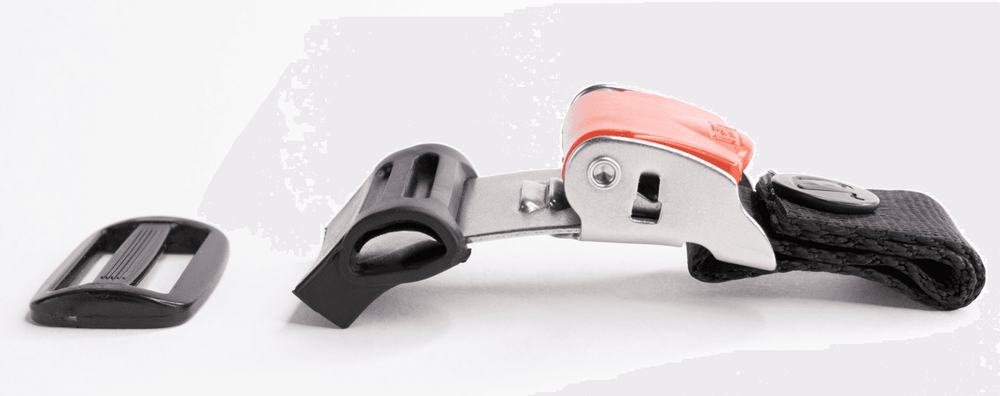
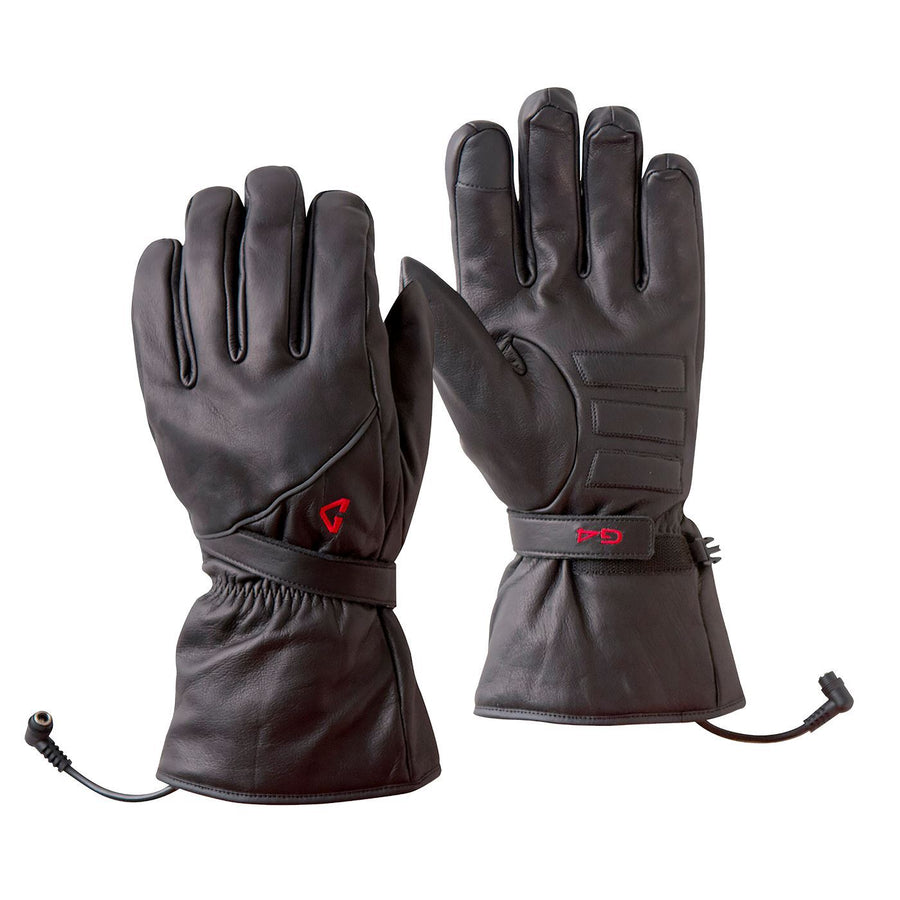

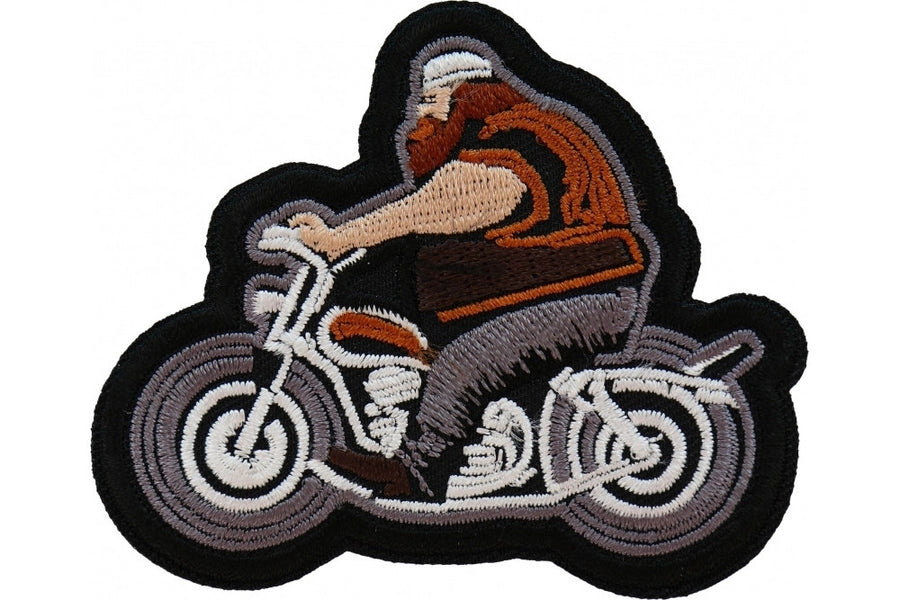

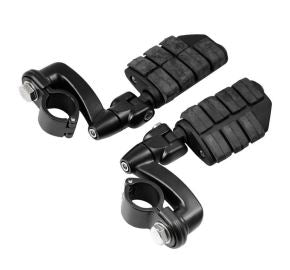


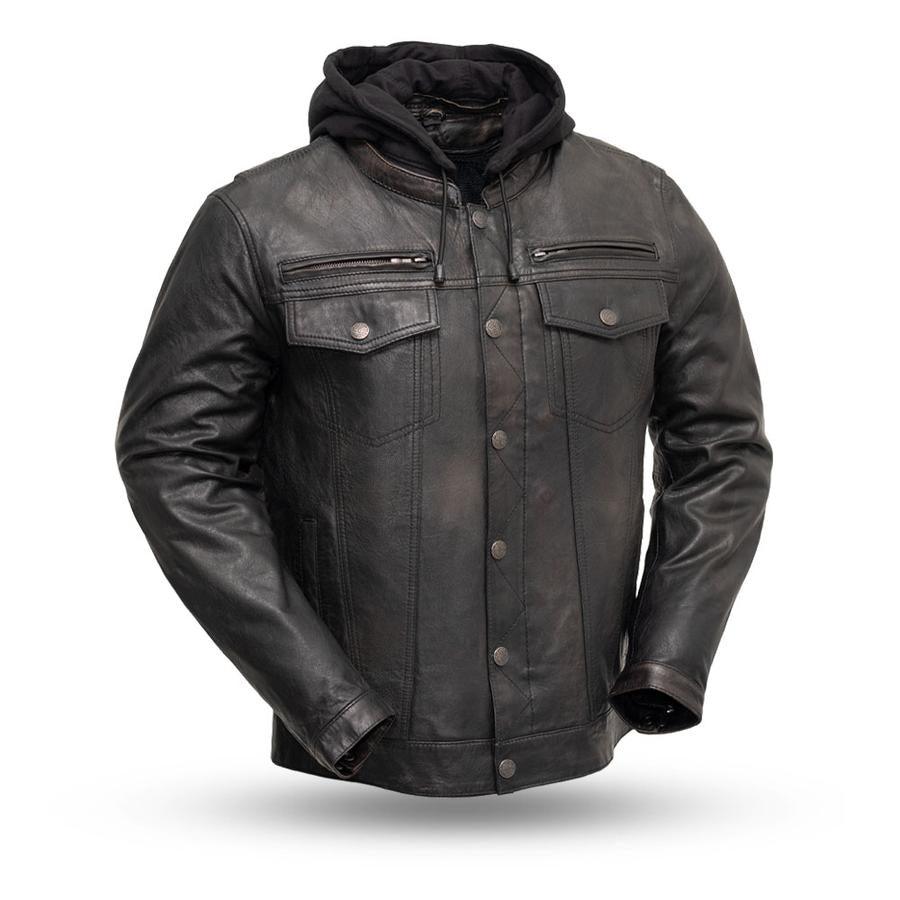
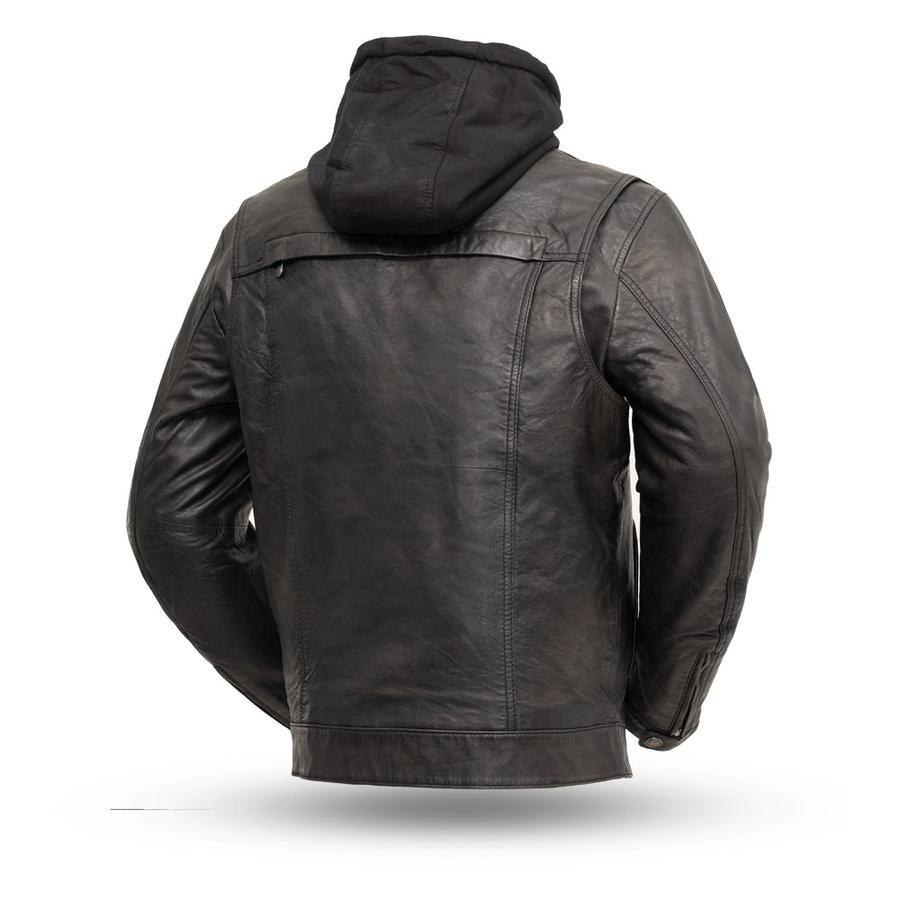
Leave a comment